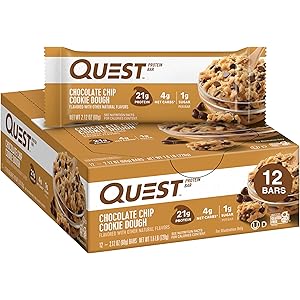A food labeling plays a crucial role in communicating essential information to consumers.
But have you ever stopped to think about who is responsible for ensuring that these labels are clear, accurate and informative?
Throughout this content, we will explore the world behind packaging and understand who assumes this responsibility.
For more content about labels and natural products, visit the channel Taina Alimentos within Gazeta do Povo. Click here and check out the other published content.
Legal and Regulatory Responsibilities
Before we get into the responsibility of clear label information, we need to understand that there are some legal guidelines that labels need to follow, the main ones are:
With him
- Decree-Law no. 986, of October 21, 1969: defines the basic standards on food in general and presents much information necessary for food labeling;
- Law No. 10,674, of May 16, 2003: makes it mandatory to inform about the presence of gluten to prevent and control celiac disease;
- Law nº 13,305, of July 4, 2016: adds in Decree-Law nº. 986 the obligation to indicate the presence of lactose in foods.
Technical report
- Technical Report nº 26, of June 14, 2007: explains how to label aromas used in food, if any.
Resolutions
- RDC Resolution No. 13, of January 2, 2001: makes it mandatory to include preparation and conservation methods on labels for raw meat, poultry and their giblets;
- RDC Resolution No. 26, of July 2, 2015: makes it mandatory on labels to warn about the presence of foods that cause allergies, such as: eggs, soy, wheat, peanuts, milk and nuts;
- Resolution RDC nº 54, of November 12, 2012: informs the technical regulation on complementary nutritional information;
- Resolutions RDC 359 and 360, of December 23, 2003: present general information that is mandatory to be present on packaged food labels;
- RDC Resolution No. 269, of September 22, 2005: standardizes the Recommended Daily Intake (RDI) levels required for proteins, vitamins and minerals;
- Resolution RDC nº 163, of August 16, 2006: complements the information in Resolutions RDC 359 and 360;
And who is responsible for checking that all these criteria are being met? They are the regulatory bodies.
Government agencies, such as ANVISA in Brazil, FDA in the United States or EFSA in the European Union, play a crucial role in drafting and enforcing regulations on food labeling.
After all, these agencies establish guidelines to ensure the security and transparency of information.
Who is responsible for food labeling?
The responsibility for including complete and safe information on labels lies with food manufacturers.
They must follow local and international labeling regulations to ensure consumers receive correct data about ingredients, nutritional value and allergens.
Furthermore, the responsible professionals the correct preparation of labels are also part of this process. This includes food engineers, nutritionists and related areas.
Companies like Tainá Alimentos maintain strict care with the labeling of their products, thanks to the constant presence of the technical area made up of food engineers and food technicians. Everything to ensure that the end consumer has real natural products.
Essential information on food labels
To check whether a label has the correct information, simply identify whether it presents the items below – considered essential (and mandatory) in the construction of good packaging.
List of ingredients
Manufacturers must provide a list of ingredientsgenerally in descending order of predominance.
This helps consumers identify what they are consuming and reactions resulting from food allergies.
Also read | What to look for on healthy food labels?
Nutritional information
A nutritional table provides data on calories, fats, carbohydrates, proteins, vitamins and minerals.
It is a fundamental element for consumers looking to make healthy food choices.
Also read | How to read a nutritional table?
Expiration Date and Batch
This information indicates the product lifespan and are crucial to ensuring food security. Consumers can avoid products that are expired or in poor condition.
Also read | What should a diabetic look for on a food label?
Allergens
Ingredients that can cause allergies must be highlighted on the labels. This is vital for people with food allergies, allowing them to avoid unhealthy products.
Also read | Labels for people with milk protein allergies: what are the indications?





